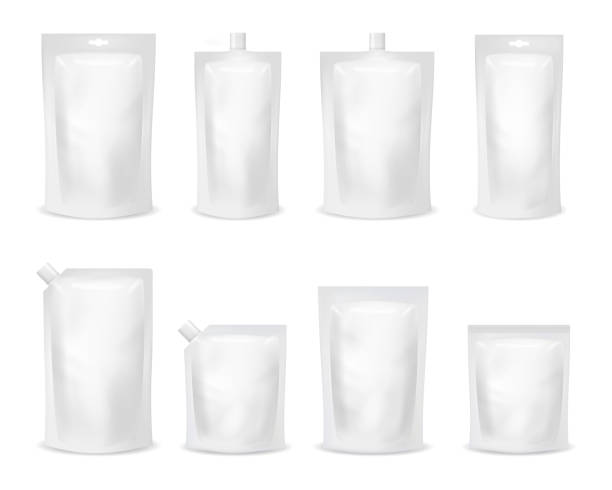
With flexible packaging we must meet two fundamental objectives:
- Facilitate its machinability and processing in the production plant.
- Preserve the product from its packaging until it is used by the final consumer, including transportation, storage and exhibition stages.
Many of the desirable properties of a product are closely related to the properties of the structure of its flexible packaging.
Some important properties of flexible packaging are: Mechanical resistance, mechanical resistance to perforation, thermal resistance, barriers, sealability, printability and manufacturing versatility.
Flexible packaging manufacturing processes
Manufacturing will depend on the complexity of the package. In the basic conversion processes we have:
- Lamination: In this process, one substrate is adhered to another by applying adhesives, subsequently behaving as if they were one.
- Flexographic printing: It is an embossed printing system where the printed area enhances the unprinted areas. The plate, which, being a very flexible material, is able to adapt to a variety of media or very varied printing substrates.
